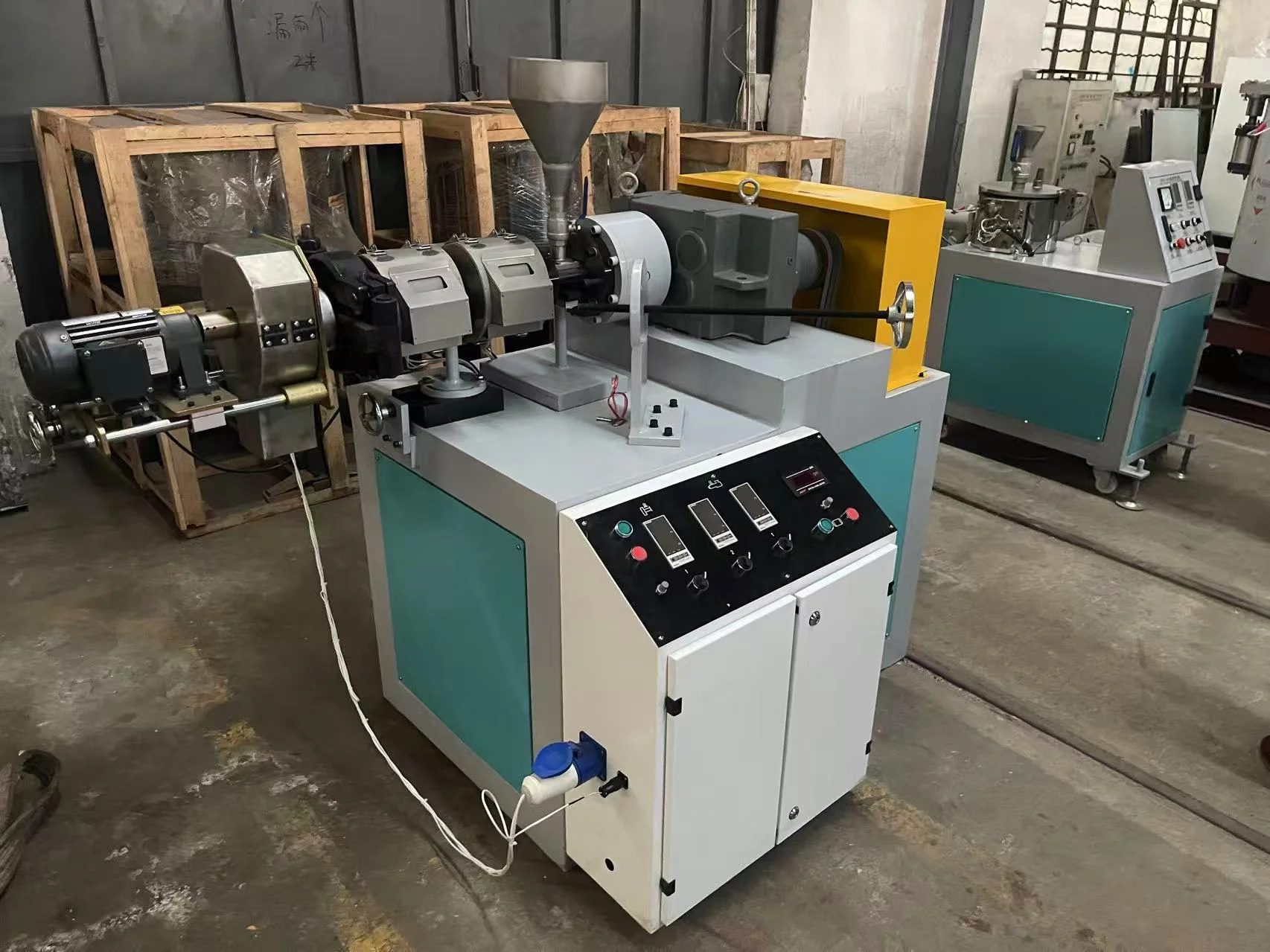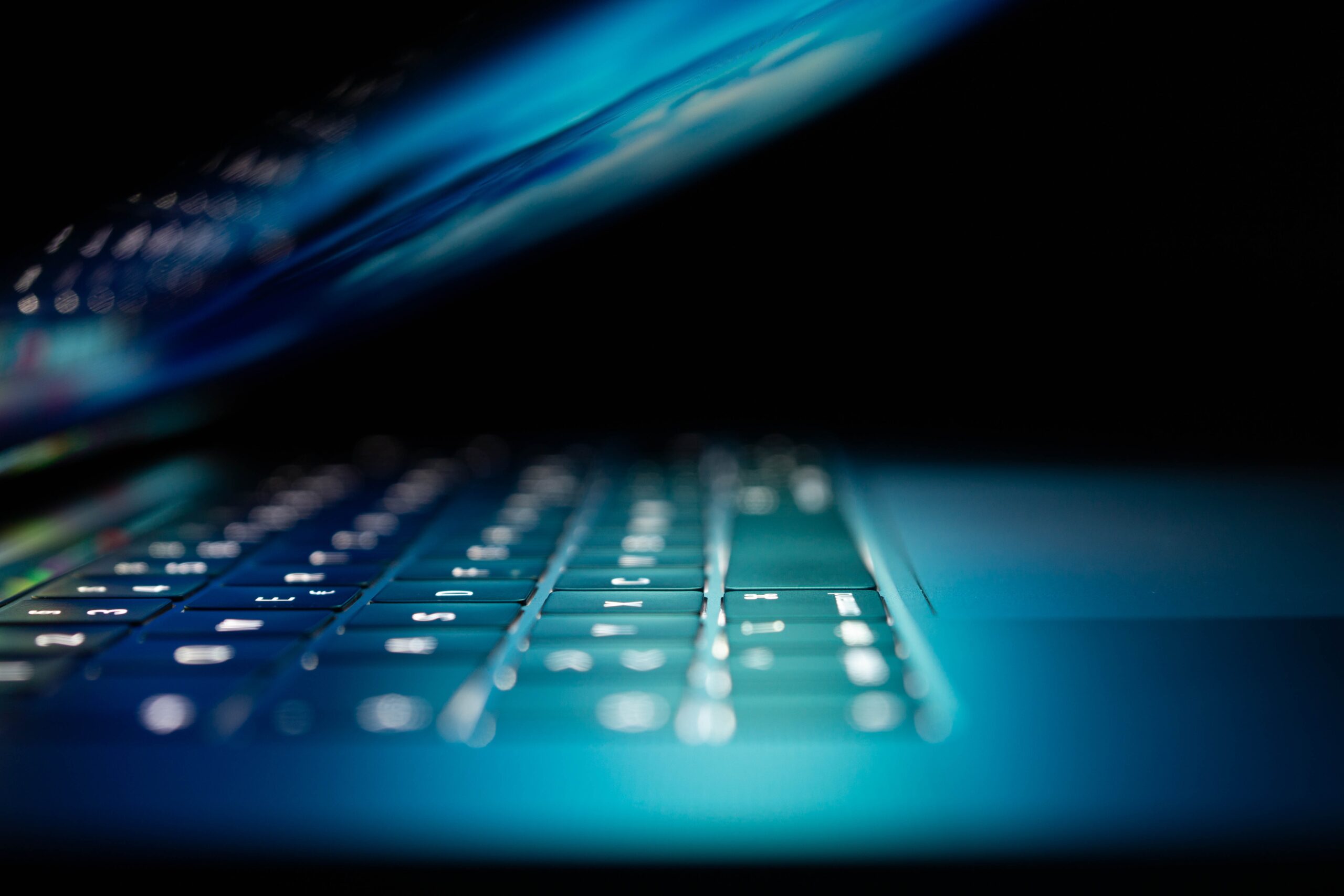When it comes to choosing the right material for watch faces, smartphone screens, and other applications requiring transparency and durability, the debate between sapphire glass and mineral glass is a hot topic. Both materials have their unique properties, advantages, and disadvantages, making the choice highly dependent on the specific needs of the user. In this article, we will delve into the characteristics of sapphire glass and mineral glass, comparing their durability, scratch resistance, clarity, and cost-effectiveness to determine which is truly better.
Understanding the Basics: What Are Sapphire Glass and Mineral Glass?
Sapphire Glass:
Sapphire glass, also known as synthetic sapphire, is a crystalline form of aluminum oxide (Al2O3). It is created through a process called the Verneuil method or the Czochralski process, where aluminum oxide is melted and then cooled to form a solid crystal. This process results in a material that is not only transparent but also incredibly hard, with a Mohs hardness rating of 9, just below diamond.
Mineral Glass:
Mineral glass, on the other hand, is a type of glass made from silica and other minerals. It is commonly used in lower-end watches and some electronic devices. Mineral glass is less expensive to produce than sapphire glass and offers decent clarity and scratch resistance, with a Mohs hardness rating of around 5 to 6.
Durability: The Key Factor
When evaluating the durability of sapphire glass versus mineral glass, the hardness of the materials plays a crucial role. Sapphire glass's high hardness rating means it is significantly more resistant to scratches and impacts compared to mineral glass. For instance, while mineral glass can easily be scratched by everyday objects like keys or coins, sapphire glass can withstand such wear and tear, making it a preferred choice for luxury watches and high-end smartphones.
However, it is essential to note that while sapphire glass is more scratch-resistant, it is also more brittle. This means that under extreme conditions, such as a hard impact or drop, sapphire glass is more likely to shatter compared to mineral glass, which can absorb impacts better due to its more flexible nature. Therefore, the context of use is critical when considering durability.
Clarity and Optical Performance
Both sapphire glass and mineral glass offer excellent optical clarity, but there are subtle differences. Sapphire glass typically has a higher level of clarity and less distortion, making it ideal for applications where visual precision is paramount. This is particularly important in high-end watches where the readability of the dial is essential.
Mineral glass, while clear, may exhibit slight distortions or color shifts, especially in thicker applications. However, advancements in mineral glass technology have led to improved optical properties, making it a viable option for many consumer products.
Cost-Effectiveness: Balancing Quality and Price
One of the most significant differences between sapphire glass and mineral glass is the cost. Sapphire glass is considerably more expensive to produce due to the complex manufacturing processes involved. This higher cost is often reflected in the price of products that utilize sapphire glass, making it a premium option.
Mineral glass, being less expensive to produce, is commonly found in budget-friendly watches and devices. For consumers who prioritize cost over durability and scratch resistance, mineral glass may be the better choice.
Conclusion: Which Is Better for You?
Ultimately, the question of whether sapphire glass is better than mineral glass depends on individual needs and preferences. If you are looking for superior scratch resistance, durability, and optical clarity, sapphire glass is the clear winner. It is ideal for luxury watches, high-end smartphones, and applications where performance is critical.







+ There are no comments
Add yours